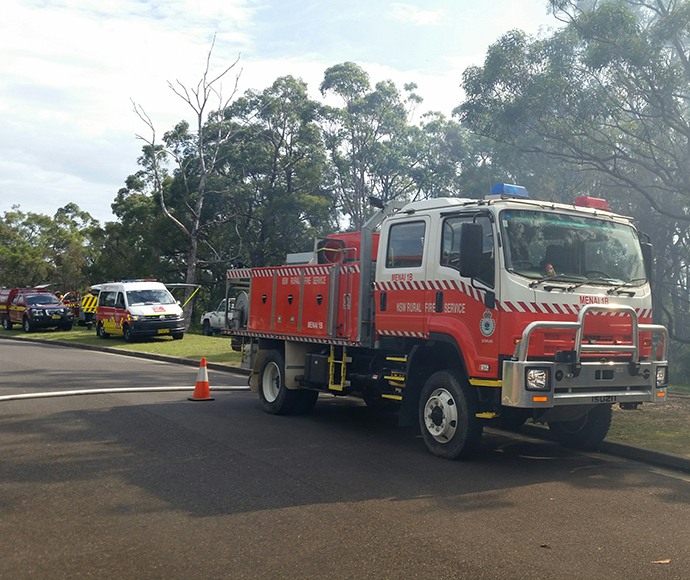National Parks and Wildlife Service (NPWS) in conjunction with Rural Fire Service (RFS) and Fire and Rescue NSW is conducting a hazard reduction burn in the Georges River National Park at Alfords Point North today 29 April.

The 18 hectares burn in the Alfords Point North area of the National Park taking advantage of suitable weather.
This burn will help protect the communities of Alfords Point and Illawong and reduce the risk of wildfire to surrounding properties.
The burn began late morning and motorists along Alfords Point Road are reminded to beware of potential smoke hazard and drive to conditions.
Public access to Georges River National Park within Alfords Point including walk tracks will be closed during the burning operations.
NPWS hazard reduction program for 2020 will be focussed on undertaking essential burns in areas close to neighbours and important assets and to protect significant areas of habitat to ensure ongoing recovery of the State’s wildlife that was impacted by the summer bushfires.
Undertaking hazard reduction burns when conditions are right to ensure they are safe and effective is an important part of managing the potential risk of bushfire to communities and the environment before next summer.
NPWS is also continuing its important bushfire recovery work across the state.
All burns across NSW will continue to be coordinated with the RFS to ensure the impact on the community, including from smoke, are assessed at a regional level.
Details on specific burns will be made available in advance on the Rural Fire Service website, ‘Fires Near Me’ app, and on NPWS Alerts website.
All hazard reduction burns over 50 hectares will be assessed by the NSW Rural Fire Service in conjunction with NSW Health as required to ensure smoke impacts are minimised.
For health information relating to smoke from bush fires and hazard reduction burning, visit NSW Health or the Asthma Foundation.
For up to date information on these, and other, planned hazard reduction activities, visit the Rural Fire Service.








